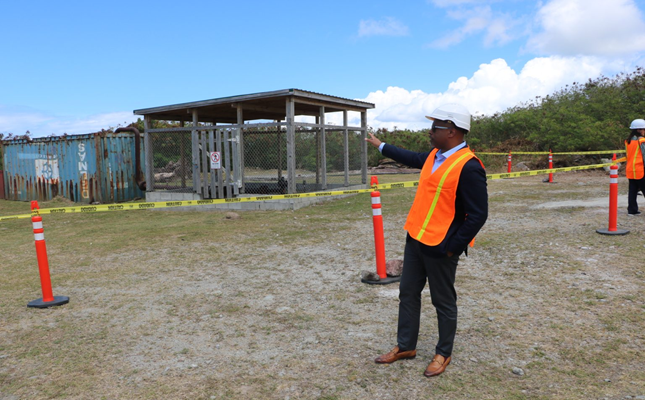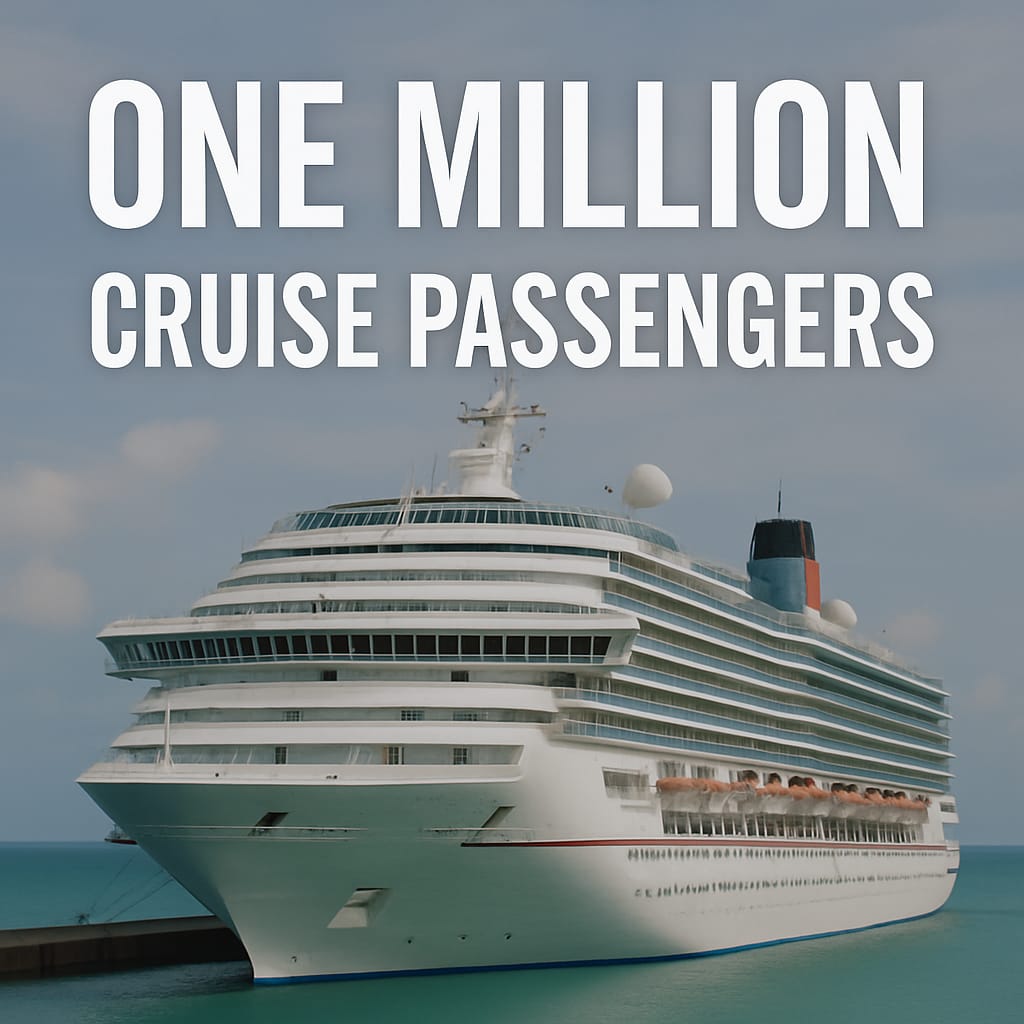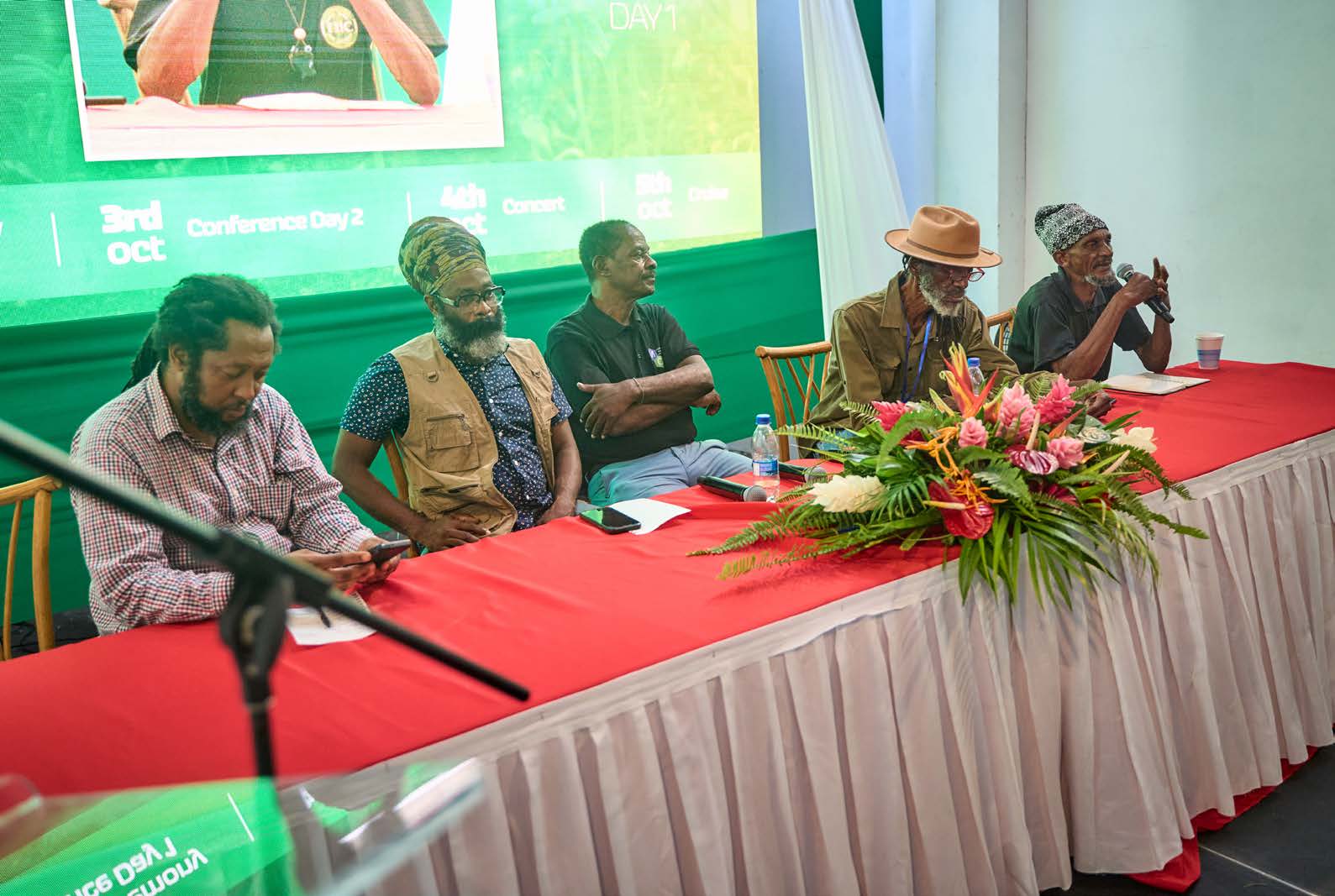The Nevis Island Administration (NIA) is currently awaiting a response from the Caribbean Development Bank (CDB) regarding the evaluation of bids for the drilling of production wells in the Nevis geothermal project. Premier Mark Brantley, Minister of Finance and Energy, provided an update during his September 30 press conference, explaining that five companies have submitted proposals for the project’s next phase. The evaluation process involves two stages: a technical review, which has already been completed, and a financial review, which is pending the CDB’s ‘No Objection’ approval. Premier Brantley emphasized the importance of this step to ensure transparency and fairness, despite the delays it may cause. The project aims to establish a 30-megawatt geothermal plant in Nevis, which will not only meet the island’s baseline power needs but also enable energy transmission to St. Kitts via undersea cables. Premier Brantley addressed concerns about resource ownership, clarifying that the geothermal resources remain under Nevis’s control and that collaboration with the Federal Government is aimed at benefiting the entire Federation. The project has garnered significant international funding, including $20 million from the Saudi Fund for Development and $17 million from the CDB, with the goal of reducing fossil fuel dependency and enhancing energy security in the region.
分类: business
-
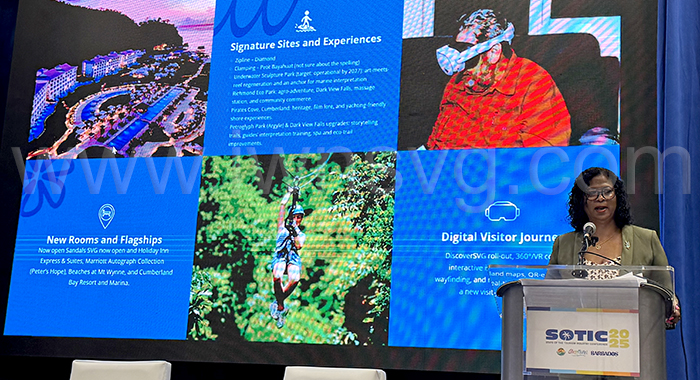
SVG will never be ‘over-commercialised,’ — Mark tells int’l media
St. Vincent and the Grenadines (SVG) is steadfast in its commitment to sustainable tourism, ensuring the destination remains unspoiled by over-commercialization. Annette Mark, CEO of the SVG Tourism Authority (SVGTA), emphasized this vision during her address at the Caribbean Tourism Organisation’s (CTO) 2025 State of the Tourism Industry Conference in Bridgetown, Barbados. Mark highlighted SVG’s dedication to preserving its natural and cultural heritage for future generations while offering visitors an authentic and unique experience.
Mark underscored the importance of responsible development, stating that SVG will never feature massive hotels or overcrowded beaches. Instead, the focus is on community tourism, ensuring that local communities benefit economically and socially from tourism activities. The SVGTA is actively upgrading tourism sites to enhance visitor experiences while maintaining the destination’s charm.
SVG’s multi-island geography is a key attraction, with seamless inter-island connectivity via airports and reliable ferry services. Mark noted that travelers can reach any island within 15 minutes, making it an accessible yet exclusive destination. The country’s tourism strategy is paying off, with a 58.7% year-on-year increase in arrivals from the United States and over 100,000 stay-over visitors for the first time in history.
Air connectivity is expanding, with Virgin Atlantic, American Airlines, JetBlue, and Delta supporting the destination. Additionally, SVG is attracting high-end cruise passengers, aligning with its positioning as a luxury destination. The government is also partnering with major hospitality brands, including Sandals and Marriott, to enhance accommodation options while maintaining a balance between luxury and accessibility.
Mark painted a vivid picture of SVG’s diverse landscapes, from the rugged volcanic terrain of St. Vincent to the pristine white sand beaches of the Grenadines. She invited visitors to imagine the beauty of each island, reinforcing SVG’s appeal as a unique and emerging destination. With a target of 120,000 stay-over visitors this year and a 17.3% increase already recorded, SVG is poised for sustainable growth in its tourism sector.
-
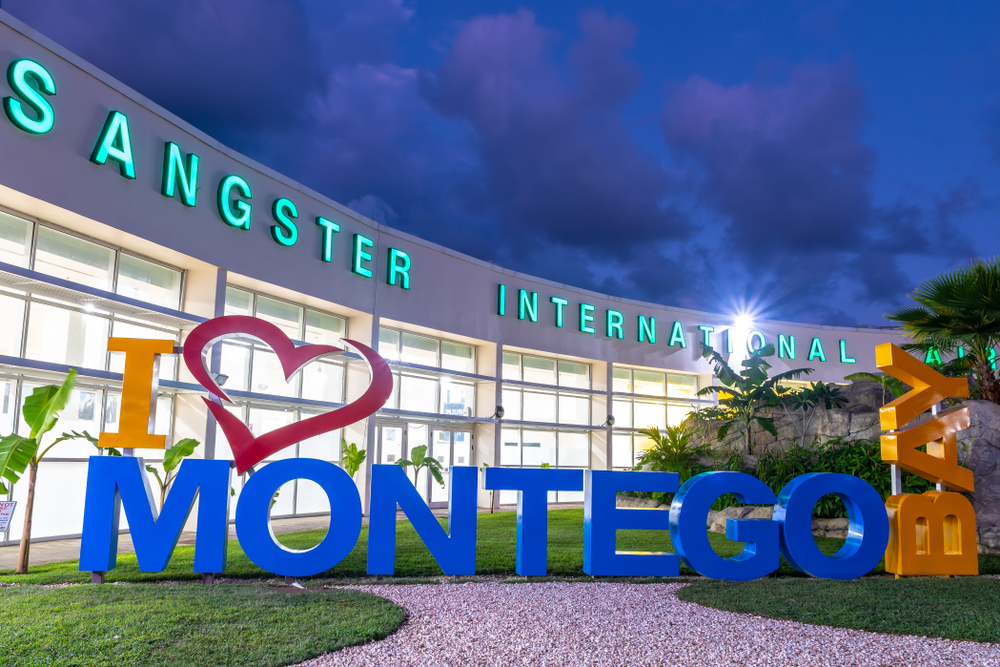
Sangster International Airport named Caribbean’s leading airport for 17th consecutive year
Sangster International Airport (SIA) in St James, Jamaica, has once again been crowned the Caribbean’s Leading Airport by the World Travel Awards (WTA) for the 17th consecutive year. The prestigious accolade was announced on October 4, 2025, during the WTA Caribbean & North America Gala Ceremony held at the Sandals Grande Saint Lucian Resort in St Lucia. This event is part of the WTA’s annual Grand Tour, which honors excellence in the global travel, tourism, and hospitality sectors. Shane Munroe, CEO of MBJ Airports Limited (MBJ), the operator of SIA, expressed profound gratitude for the recognition, dedicating the award to the MBJ team, the SIA community, and all stakeholders. He emphasized that the achievement reflects the dedication of over 7,500 team members and partners who strive to deliver exceptional experiences for travelers. SIA, Jamaica’s primary tourism gateway, handles over 70% of the island’s air traffic. The airport has been investing heavily in infrastructure, passenger experience enhancements, sustainability initiatives, and technological innovations. Recent projects include full biometric integration for departures and the upcoming pilot of a self-bag drop system. Munroe highlighted plans to expand check-in areas, parking facilities, the Immigration Hall, and the East Concourse to further improve efficiency and customer satisfaction. Sharon Hislop-Holt, Manager of Commercial Business Development and Marketing, underscored the collaborative efforts behind the airport’s success, thanking stakeholders and partners for their support. The WTA, established in 1993, is globally recognized as the pinnacle of industry excellence, with its regional winners advancing to the World Travel Awards Grand Final.
-

Ferries, not Flights: Caribbean officials push for cost-effective, cargo-friendly sea links
For decades, the Caribbean has grappled with limited maritime connectivity, primarily relying on sub-regional transportation like L’Express Des Îles, which serves French and Creole-speaking islands. However, the potential of ferry services to revolutionize regional travel and trade has become a focal point for tourism officials, business leaders, and policymakers. At the State of the Tourism Industry Conference (SOTIC) 2025, ministers from across the Caribbean emphasized the transformative impact of expanded ferry networks on both economic and social fronts. Tashia Burris, Secretary of Tourism for Tobago, highlighted the challenges faced by international visitors due to overbooked domestic flights. She underscored the strategic advantage of ferry services in connecting Tobago with neighboring islands like Grenada, Barbados, and Trinidad, calling it a ‘no-brainer’ for regional integration. Grenada’s Tourism Minister, Adrian Thomas, echoed this sentiment, noting that ferries could not only facilitate passenger travel but also address agricultural waste by providing a reliable means to transport perishable goods. He advocated for investments in vessels equipped with cold storage to support farmers and reduce food spoilage. Zhavargo Jolly, Minister of Tourism for Turks and Caicos, passionately argued for the establishment of a regional supply chain to reduce costs and improve efficiency. He criticized the current reliance on North American hubs like Miami for intra-Caribbean shipments, which inflates costs and impacts the cost of living. Jolly called for collaborative efforts within regional organizations like CARICOM and the Caribbean Tourism Organisation to turn these discussions into actionable plans. While the enthusiasm for ferry services is palpable, the realization of this vision hinges on the commitment of key decision-makers to invest in infrastructure and foster regional cooperation.
